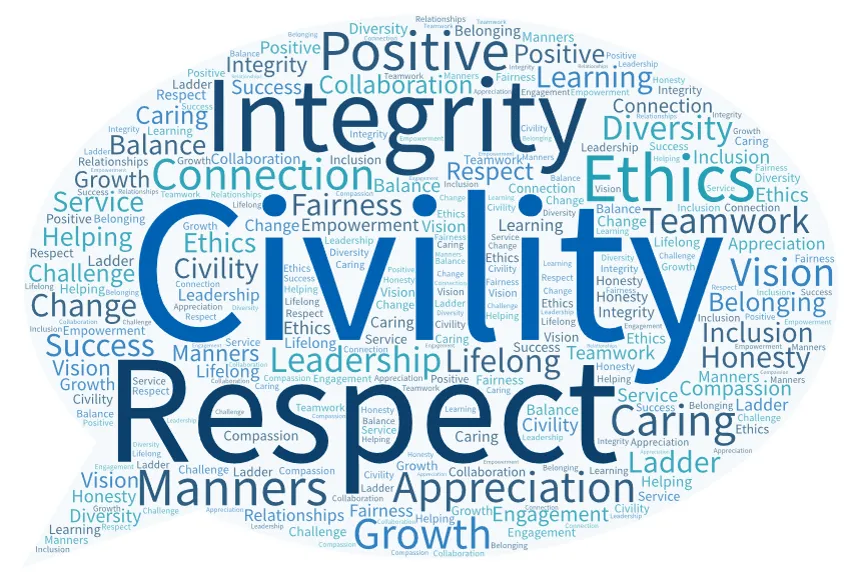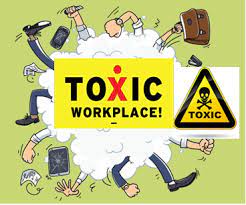
Do things for people not because of who they are or what they can do in return, but because of who you are. – Rabbi Harold S. Kushner
The story is told of two shopkeepers who were bitter rivals. The stores were directly across the street from each other, and they would spend each day keeping track of each other’s business. If one got a customer, he would triumphantly smile at his rival.
One night an angel appeared to one of the shopkeepers in a dream and said, “I will give you anything you ask, but whatever you receive, your competitor will receive twice as much. Would you be rich? You can be wealthy, but he will receive twice as wealth. Do you wish to live a long life? You can, but his life will be longer and healthier. What is your desire?” The man frowned, thought momentarily, and said, “Here’s my request: Strike me blind in one eye!”
By contrast, consider the following story of Sir Walter Scott. For years, Scott was the leading literary figure in the British Empire. No one could write as well as he. Then the works of Lord Byron began to appear; their greatness was immediately evident. Soon an anonymous critic praised Byron’s poems in a London paper, declaring that in the presence of these brilliant works of poetic genius, Scott could no longer be considered the leading poet of England. It was later discovered that the unnamed reviewer had been none other than Sir Walter Scott himself.
These two stories typify the choices you have when it comes to leadership and your attitude toward others- especially if they are experiencing more success than you are at the moment.
Leadership expert John Maxwell noted, “There is nothing wrong with competition. The problem for many leaders is that they end up competing against their peers in their own organization in a way that hurts the team and them.” Your challenge as a leader is not to allow your ambition to be an obstacle that causes more harm than good.
As leaders, we usually are quick to celebrate and promote our wins and victories. We are quick with a social media post to share the news. Yet when was the last time you saw a post by a leader celebrating the accomplishment of a colleague or friend? Those posts are few and far between.
Leadership author and speaker Tom Peters said, “Celebrate what you want to see more of”. What a fantastic observation. His quote goes to the heart of a leader’s motives. So let me ask you – what do you celebrate? what do you want to see more of? Here are my top five for what I want to see more of. What makes your list?
I want to see more leaders adding value to those around them.
The thought here comes down to what leadership is all about – adding value to others. This happens when leaders understand the basic premise of leadership in that it’s not about you.
I want to see more leaders building relationships
In the trenches of leadership, there is no substitute for strong and healthy relationships. When your focus as a leader is relational it makes all the difference in the world. I see far too many leaders chasing transactions and not enough pursuing relationships. Click To Tweet
I want to see more leaders embracing servant leadership
The heart of servant leadership is others-centered and takes to heart the question, “What can I do for you?” as opposed to “What can you do for me?”. Servant leaders put the needs of others before their own.
I want to see more followers becoming leaders
The goal of leadership is not to create more followers but to create more leaders. I want to see more leaders being trained, developed, nurtured, and joining the cause of making the world a better place.
I want to see more authenticity in leadership
We live in a time when people are looking for the real deal. Authentic and humble leaders are a rare commodity in today’s world, but given the state of the world right now, I would say it would be a breath of fresh air to see more authentic leaders
Who are you celebrating today?
©2024 Doug Dickerson










